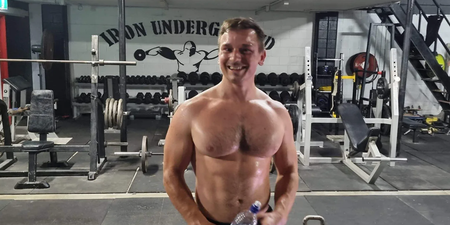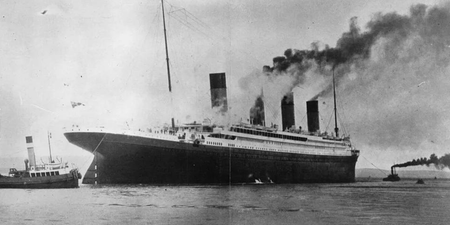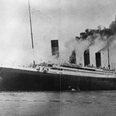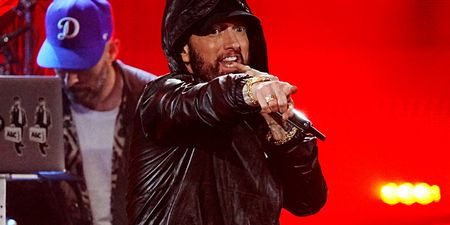That soreness you sometimes experience after training isn’t the best indicator of a successful gym session
As we recently discussed, delayed onset muscle soreness (DOMS) after a workout indicates muscle damage, but that doesn’t always correspond to new muscle growth.
Instead, there are more proven ways which help you realise when you’ve had a good workout.
According to Elliott Upton, personal trainer at Ultimate Performance and Head of LiveUP Online Coaching, these hallmarks are:
- Successfully completing the workout
- Your workout felt good
- You achieved progression with your numbers from your previous session
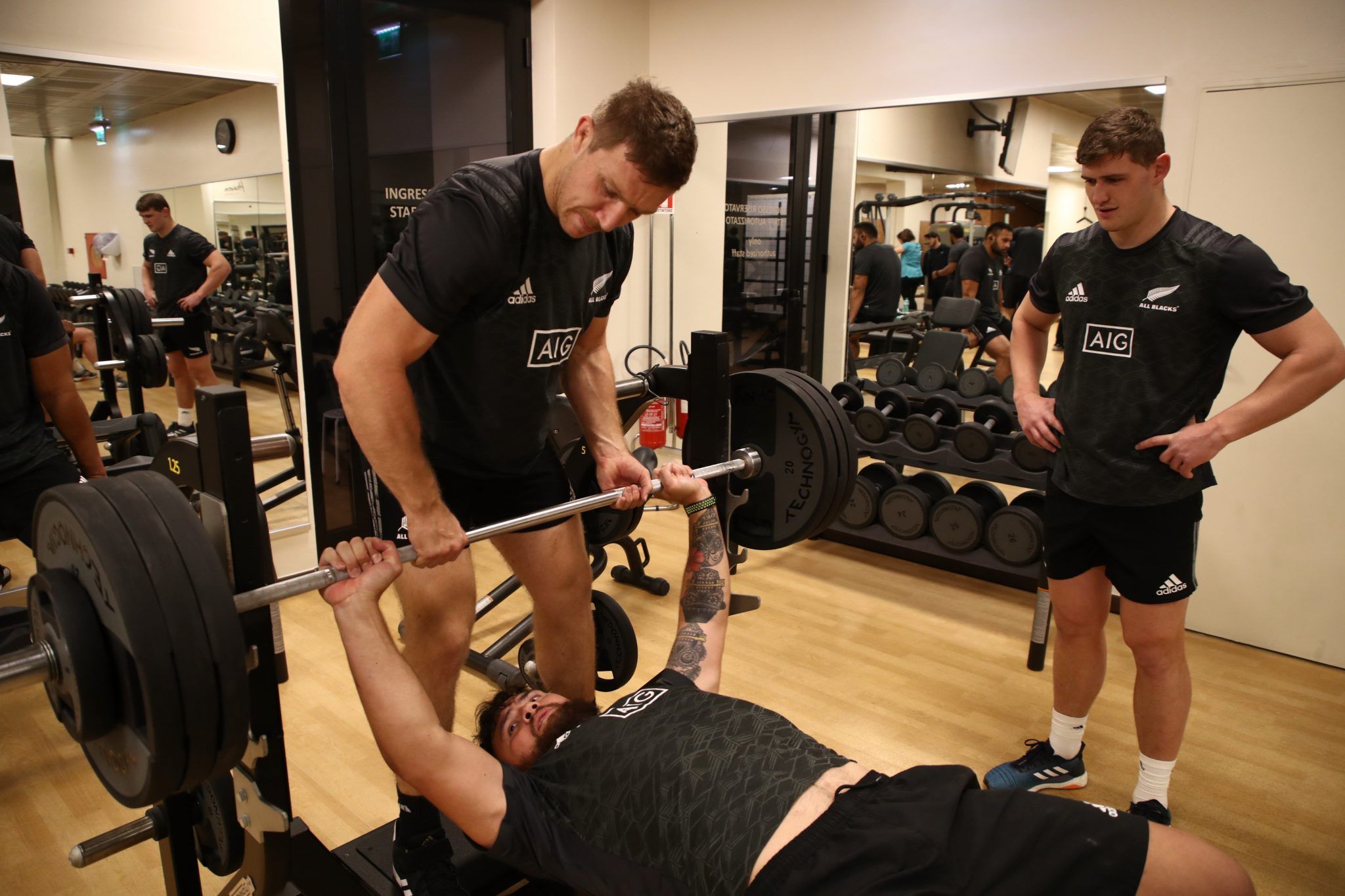 Photo: Getty Images
Photo: Getty ImagesWhy DOMS isn’t always the best indicator of muscle growth
DOMS is a sign of muscle damage, and muscle damage can be a key indicator of muscle growth. But it’s more complicated than that, Upton says.
“If you are new to training, you have not trained for a while or you are starting a new training cycle with new exercises, it’s highly likely that you will experience soreness in that initial week or two of training.
“This is because there is a new stress on the muscle. That’s why beginners should always look to start off slow and build up their training volume gradually.”
Over time, however, DOMS can diminish – but your progress doesn’t have to.
“The greater your training experience and the more consistent you are with your training, the less sensitive you are likely to be to DOMS”, Upton says.
“Why? Because the more experienced you are, the better your body adapts to the stress of the exercise. Just because DOMS is no longer there, doesn’t mean you have stopped adapting to the workout.”
1. Successfully completing the workout
Training routines are designed to be difficult, and to push your body to the limit. Successfully completing all lifts, sets and reps is a sign you’ve successfully handled the workout.
If you’ve finished it too easily however, it’s a sign you may need to increase the intensity of your plan.
2. Your workout felt good
Regardless of the specific goal you are training for, feeling as if you’re making progress in that area is always a positive. If you’re training to build muscle, then feeling bigger, stronger and more ‘pumped’ after your workout is good.
If you’re training for general health and fitness, and feel like you have a renewed zip in your step, the same applies. Especially if it means you’re managing to complete your cardio in a shorter time, or are managing more press-ups and pull-ups.
3. You achieved progression with your numbers from your previous session
Progression in training is usually referred to with the phrase ‘progressive overload’.
Progressive overload is key whether you’re training to gain strength, build muscle or improving endurance.
Upton says “it is achieved by imposing ever-increasing demands on the body in training over time and forces the body to keep adapting to the new and more challenging stimuli.”
You can achieve progression a number of different ways, Upton says.
“Progressive overload can be achieved a multitude of different ways, from increasing the number of reps, sets and total load lifted, or manipulating the rep tempo or time under tension.”









